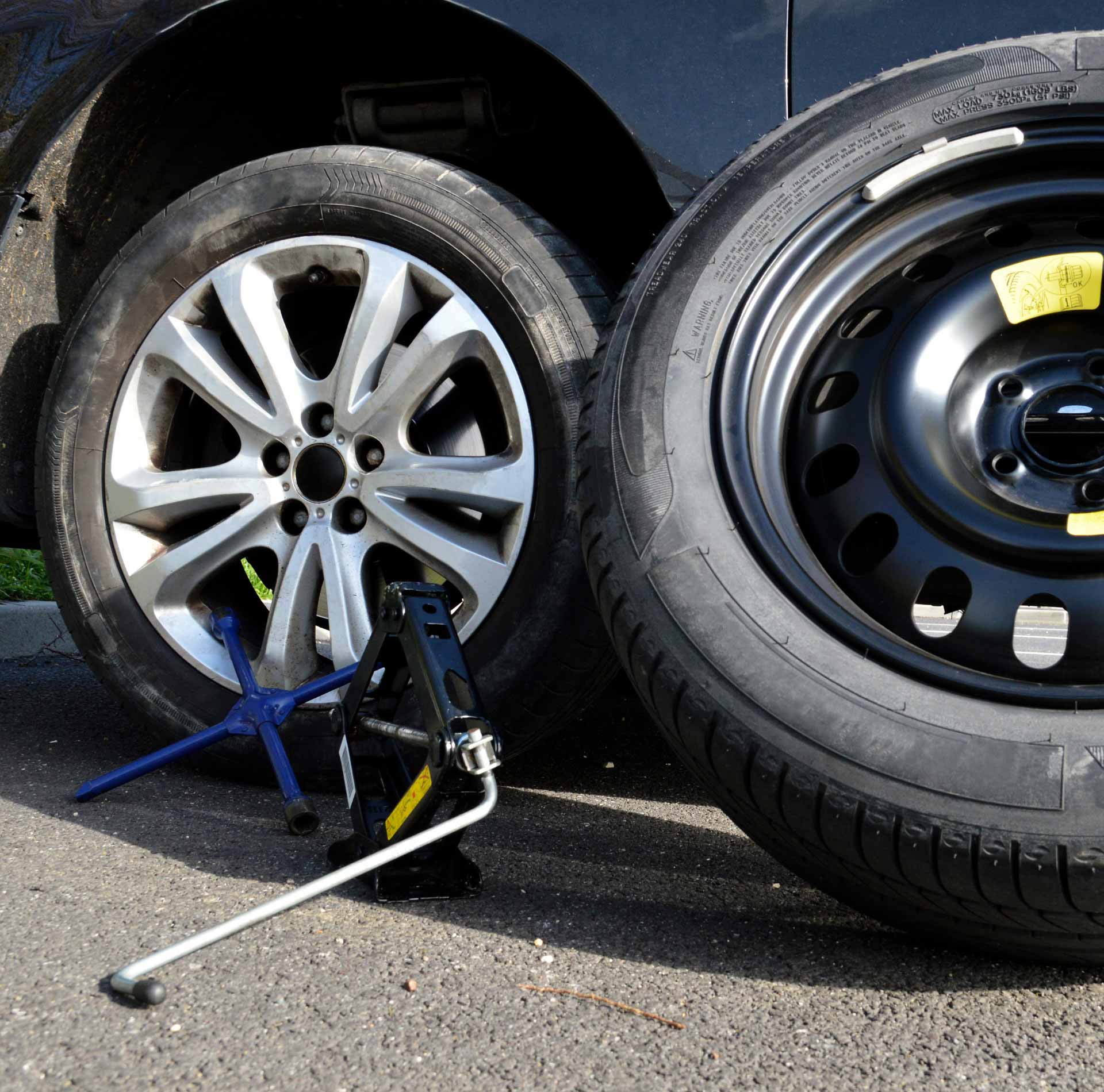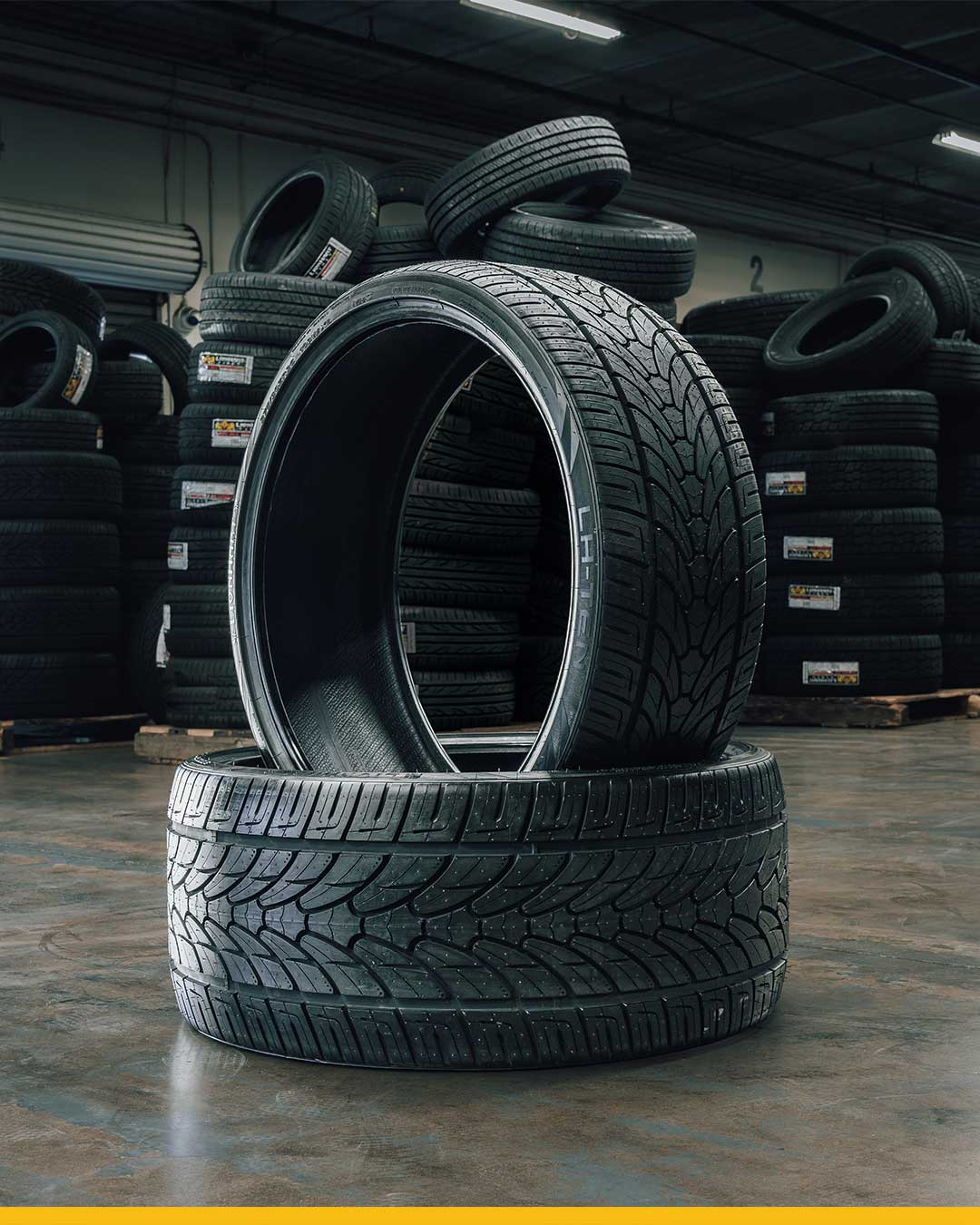Mastering the Basics: How to Change a Flat Tire
Imagine driving home after a long day of work, and suddenly you hear a thud coming from your vehicle, and the steering gets heavier, making turning the wheel laborious. You pull off to the side of the road to inspect the noise and notice a flat tire — what happens next?
As a responsible driver, knowing how to change a flat tire is a fundamental skill that can save you time, money, and hassle. Being stranded on the side of the road with a flat tire can be a stressful and frustrating experience. However, with the right knowledge and preparation, you can overcome the situation confidently and safely.
Understanding the process of changing a flat tire is crucial for every driver. It not only promotes self-reliance and independence on the road but also ensures your safety and the safety of others, especially when professional help or road-side assistance may not be available. Additionally, knowing how to effectively change a tire can help you avoid being taken advantage of by unethical tire shops when seeking assistance.
Whether you’re a new driver, experienced driver or just trying to refresh your knowledge, this article will serve as a resource for mastering the art of changing a flat tire.
Understanding the Dynamics of a Tire
Tires come in a variety of shapes, sizes and construction, each design for a specific purpose. The most common types of tires include all-season tires, performance tires, passenger tires and summer tires.
Regardless of the tire type, most tires share a similar build construction. They consist of several layers, including treat, belts, and inner liner. The tread is what makes direct contact with the road and provides traction. Under the tread are belts, typically made of steel or fabric cords, which reinforces the tires structure. The inner liner serves as a barrier to keep air inside the tire.
Learn more about the different types of tires and their use-cases in our How to Choose Tires guide.
Spotting a Flat Tire
Before changing a flat tire, it’s important to be able to identify one. Common signs of a flat tire include a sudden loss of air pressure, thumping or flapping sounds while driving, a noticeable bulge on the tire’s sidewall, or a vehicle that pulls to one side and is difficult to steer. Additionally, the tire pressure monitoring system (TPMS) in most modern vehicles will notify you of air pressure loss by illuminating an icon on the dashboard. Although this doesn’t always mean the tire is flat, it’s a good idea to check as it may indicate a potential issue.
Safety Precautions
Before starting the tire change process, it’s crucial to prioritize safety. Here are some precautions to consider:
- Find somewhere safe to pull over, ideally on a flat, level surface away from traffic.
- Fully engage the parking brake to prevent accidental rolling.
- Turn on your hazard lights to alert other drivers.
- Ensure that all passengers exit the vehicle and stand at a safe distance from the road.
By understanding the different types of tires, being able to spot a flat tire, and following the safety precautions above, you can tackle the tire change process with confidence.

How to Change a Flat Tire
Before jumping straight into the process, make sure you have all the necessary tools on hand. In addition to having the proper tools, it’s always smart to inspect the spare tire to ensure it is safe to install on the vehicle. Check the spare tire’s inflation by using a tire pressure gauge and inspect it for any visible damage, such as cuts, bulges, or punctures. By ensuring you have all the necessary tools and items for safety and convenience, you can effectively and safely manage the process of changing a flat tire.
Tools Required
Jack
A sturdy properly rated jack that is suitable for your vehicle. If one isn’t readily available, most vehicle’s come with an emergency jack, usually found in the trunk.
Lug Wrench
The correct size for your vehicle’s lug nuts or lug bolts. If one isn’t readily available, the one provided by the manufacturer, which is also found in the trunk, will work.
Fully Inflated Spare Tire
Ensure the spare tire is in good condition and appropriate for your vehicle.
Wheel Lock Ley
Although not applicable to every vehicle, some manufacturers provide locking lug nuts or lug bolts. The key for these lug nuts or bolts is usually found with the jack and wrench in the trunk.
In addition to the above, the following tools will help make the process significantly smoother and safer:
- Flashlight
- Reflective Triangles or Vest:
- Gloves
- Rain Jacket or Poncho
- Wheel Chocks
- Torque Wrench
Step-by-Step Guide: How to Safely Change a Flat Tire
- Safely pull over to a flat, level surface away from traffic.
- Engage the parking brake and turn on your hazard lights.
- Gather the essential tools: jack, lug wrench, and fully inflated spare tire.
- Inspect the spare tire for proper inflation and any visible damage.
- Use wheel chocks if available to prevent the vehicle from rolling.
- Loosen the lug nuts, then jack up the vehicle using the designated lifting points.
- Remove the flat tire and install the spare tire, ensuring it’s securely in place.
- Lower the vehicle, tighten the lug nuts in a star pattern, and conduct a final safety check.
- Store the flat tire, tools, and any additional items, and resume your journey cautiously.
The Importance of Getting Your Tire Repaired
After changing a flat tire and installing the spare, it is crucial to prioritize getting the damaged tire repaired as soon as possible. While spare tires are designed to provide temporary relief, they are not intended for extended use. Driving on a spare tire for an extended period can compromise your safety and the performance of your vehicle.
Spare tires are typically smaller and less durable than regular tires. They are designed to be a temporary solution to allow you to reach a repair facility or tire shop. Driving on a spare tire for an extended period can affect the handling, braking, and overall stability of your vehicle, especially in adverse weather conditions.
Additionally, a spare tire is not a permanent substitute for a fully functional tire. It is essential to understand that spare tires have limited tread life and may not provide the same level of traction and performance as a regular tire. Therefore, driving on a spare tire for an extended period can compromise your vehicle’s handling and safety.
Final Thoughts
In conclusion, the ability to change a flat tire is a fundamental skill that every driver should possess. By understanding the basics of tire changing, including identifying a flat tire, gathering the necessary tools, and following a step-by-step process, drivers can confidently and safely manage this common roadside issue. Additionally, it is essential to recognize the importance of promptly repairing a damaged tire after a flat and avoiding prolonged driving on a spare tire.




